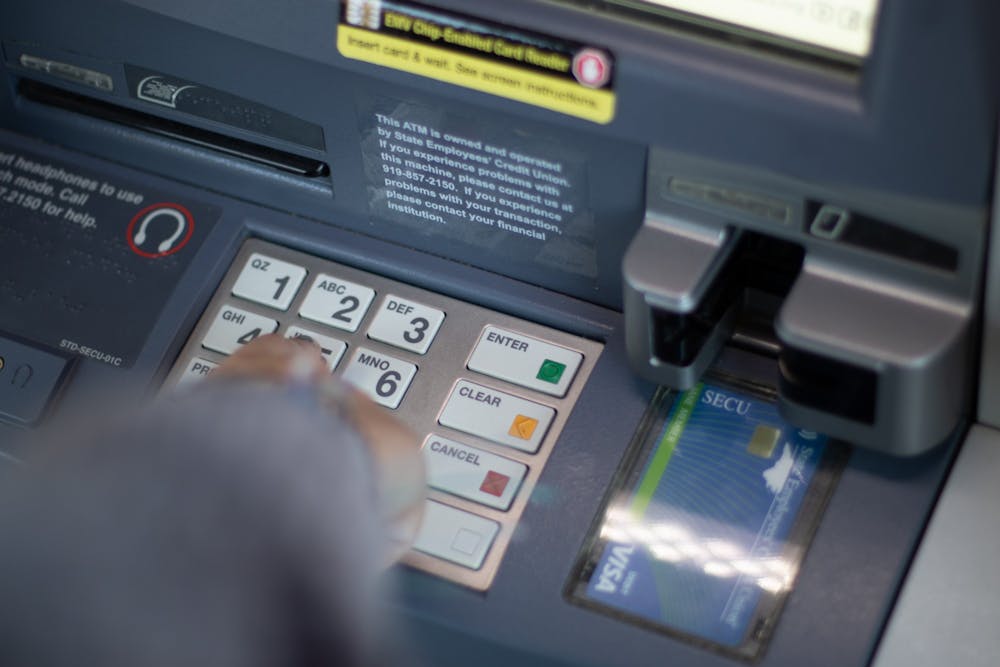“The Economy."
Much like the boogeyman, it’s a term often mentioned, but never fully understood. Some reference the stock market as “The Economy." Others identify it as things like real gross domestic product or the inflation rate.
But to the average college student, none of that may truly matter. What does the U.S. GDP have to do with your daily expenses? Who cares about the monthly return on the S&P 500 when the majority of your spending money goes toward loaded tots at Linda’s? And what do you do with your buddy who's talking about option buying on Robinhood?
The first thing to do is to ignore most of the noise you hear about the economy. Much like with celebrity gossip, most of the information that we obsess about doesn’t mean much to the normal person, much less the average college student.
But, there are three economic indicators that should matter to college students.
Prices
The first indicator has to do with inflation. For college students, only two indices of inflation have a large impact upon our day-to-day lives: Gasoline and Food & Beverages. These indices look at the monthly change in the prices of goods. By looking at a good specific index, you can tell if certain items are more or less expensive, in comparison to all prices.
Now the question is — how to utilize this? If the gas index is lower than the overall inflation index, activities that have a major gasoline cost are the most effective use of your dollar, such as an extra road trip.
If the Food & Beverages index is higher than the overall inflation index, choosing cost-effective meals or reducing extra spending on food would be an economically sound decision to make.




